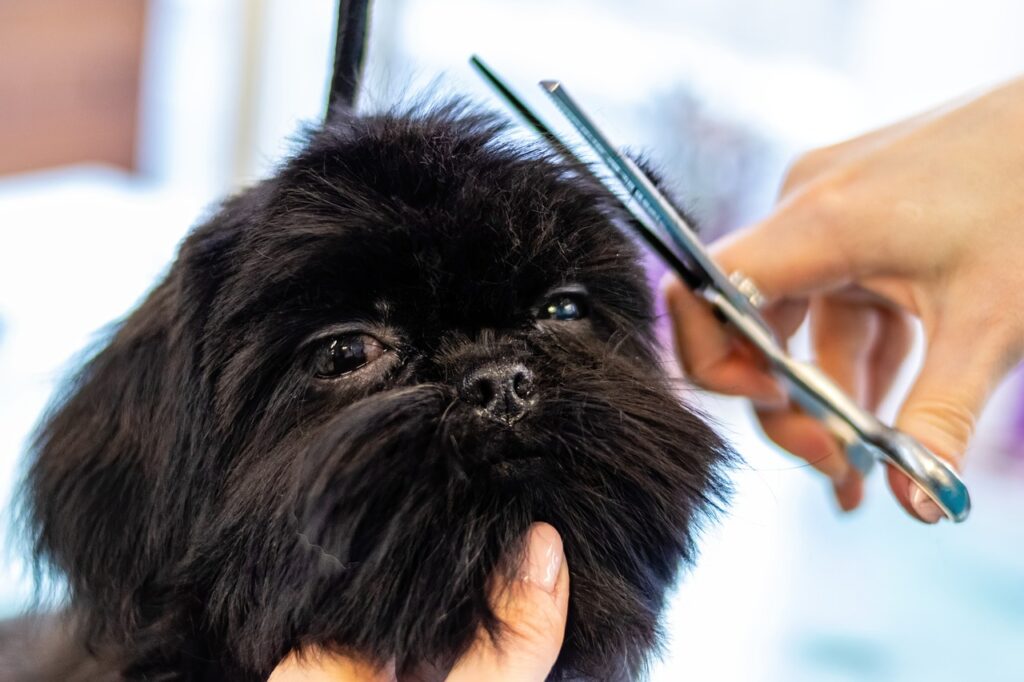
Long-haired dog breeds are undeniably beautiful and often turn heads wherever they go. However, maintaining their luscious fur can be quite a challenge. Regular grooming is essential to keep their coats healthy, tangle-free, and looking their best. In this article, we will explore the art of grooming long-haired dog breeds, providing you with useful tips and advice to ensure your furry friend always looks sleek and stunning.
Understanding the Unique Needs of Long-Haired Dog Breeds:
Long-haired dog breeds, such as Afghan Hounds, Shih Tzus, and Maltese, require extra care when it comes to grooming. Their beautiful coats are prone to matting, tangling, and attracting dirt. Regular brushing, trimming, and bathing are crucial to maintaining their coat health. It is essential to understand your specific breed’s needs, as different long-haired dogs may require slightly different grooming techniques.
Essential Tools for Grooming Long-Haired Dogs:
To properly groom your long-haired dog, you will need a set of essential tools. These include a slicker brush, a wide-toothed comb, grooming scissors or clippers, dog-specific shampoo and conditioner, a detangling spray, and a high-quality blow dryer. Investing in these tools will make the grooming process much easier and more effective.
Establishing a Grooming Routine for Your Long-Haired Dog:
Consistency is key when it comes to grooming long-haired dog breeds. Establishing a regular grooming routine will not only keep your dog’s coat in top condition but also strengthen the bond between you and your furry companion. Aim to brush your dog’s coat at least once a day to prevent matting and tangling. Set aside specific days for bathing, trimming, and styling to maintain a well-groomed appearance.
Keeping Your Dog’s Coat Tangle-Free:
Long-haired dogs are prone to tangles and mats, which can be uncomfortable and even painful for them. Regular brushing is the best defense against tangles. Start by using a slicker brush to remove loose hair and gently work through any knots. Follow up with a wide-toothed comb to ensure all tangles are removed, paying special attention to areas like behind the ears, under the armpits, and around the tail.
Bathing and Drying Long-Haired Dogs:
Bathing your long-haired dog is an essential aspect of grooming. Use a dog-specific shampoo and conditioner to keep their coat clean and moisturized. Before bathing, make sure to thoroughly brush your dog’s coat to remove any tangles. Once bathed, use a high-quality blow dryer on a low heat setting to dry their fur thoroughly. This helps prevent matting and keeps their coat healthy and shiny.
Trimming and Styling Your Long-Haired Dog’s Coat:
Regular trimming and styling are crucial for long-haired dog breeds to maintain a neat and attractive appearance. Depending on your dog’s breed, you may need to trim their coat every few weeks or months. Invest in grooming scissors or clippers specifically designed for dogs and learn how to trim their fur safely and effectively. If you’re unsure, consult a professional groomer for guidance.
Dealing with Shedding in Long-Haired Dogs:
Contrary to popular belief, long-haired dogs do shed. While their shedding may not be as noticeable as short-haired breeds, it is still important to manage it. Regular brushing helps remove loose hair, reducing the amount of hair that ends up on your furniture and clothes. Consider adding supplements to their diet, such as omega-3 fatty acids, which promote healthy skin and reduce shedding. Vacuuming your home regularly is also helpful in keeping shedding under control.
FAQs:
Q1: How often should I groom my long-haired dog?
A1: Long-haired dogs should ideally be groomed daily to prevent tangles and matting. However, at a minimum, aim for brushing sessions at least three times a week.
Q2: Can I groom my long-haired dog at home or should I visit a professional groomer?
A2: Grooming your long-haired dog at home is possible with the right tools and knowledge. However, for complex trims or if you’re unsure about handling certain grooming aspects, it’s best to seek professional help.
Q3: My long-haired dog dislikes grooming. What can I do to make it a positive experience?
A3: Start by introducing grooming gradually and using positive reinforcement techniques like treats and praise. Make grooming sessions short initially and gradually increase the duration as your dog becomes more comfortable.
Conclusion:
Grooming long-haired dog breeds requires time, effort, and the right tools. Regular brushing, trimming, and bathing are essential to maintaining their coat health and appearance. By understanding their unique needs and establishing a consistent grooming routine, you can ensure that your long-haired furry friend always looks sleek, healthy, and stunning. So, embrace the art of grooming and enjoy the bonding experience with your long-haired companion.

